Vision II
David Spriggs’ Vision artwork series have a distinct focus on the senses. Accentuated by an affinity between its subject matter and the fragmentary nature of the medium, there is a tension created between form and emptiness. Appearing both as an implosion and as an explosion depending on the one’s perception, the viewer has the sense that he/she is observing a form in becoming, yet at the same time breaking down.
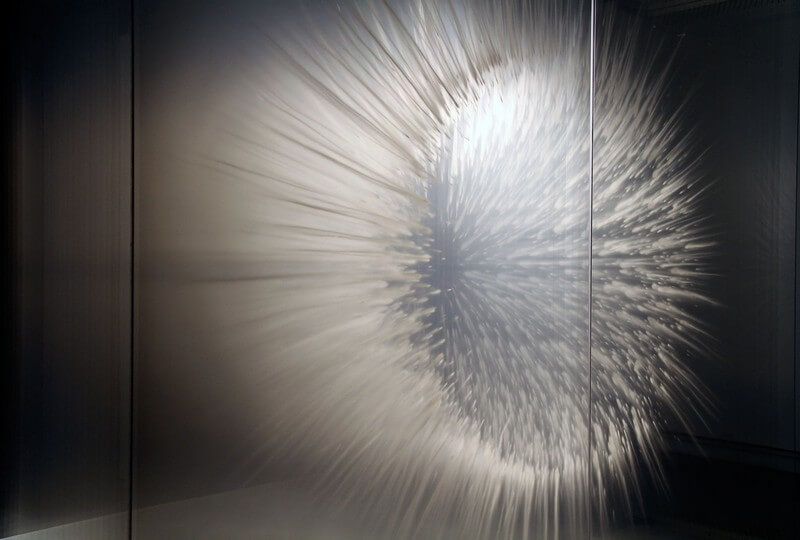
The immersive experience created by Vision provides the audience with the impression that they are in the midst of witnessing an event, something of monumental proportions akin to the Big Bang. In changing viewpoints by navigating around the work, Vision is continually altered, breaking down at the sides so that the viewer can only see the edge planes of multiple sheets, begging the question: Is there in fact a form, or just individual images?
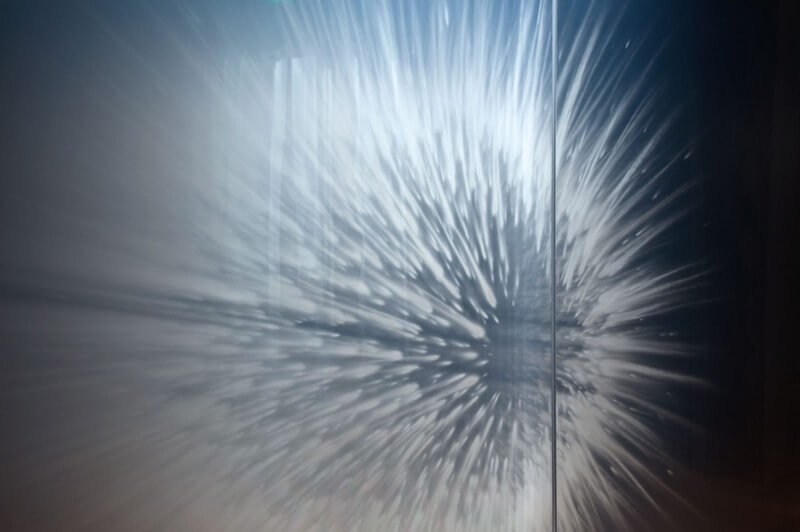
Reference to the Cubism movement and the associated deconstruction of the conventions of perceptible space is apparent in the work of artist David Spriggs. Vision shares similarities with the early paintings of Picasso and Braque that illustrate relatively solid masses “giving way to a consistent process of composition in which the forms of the objects depicted are fragmented into a large number of small intricately hinged opaque and transparent plates that fuse with one another and with the surrounding space” (Analytical Cubism).
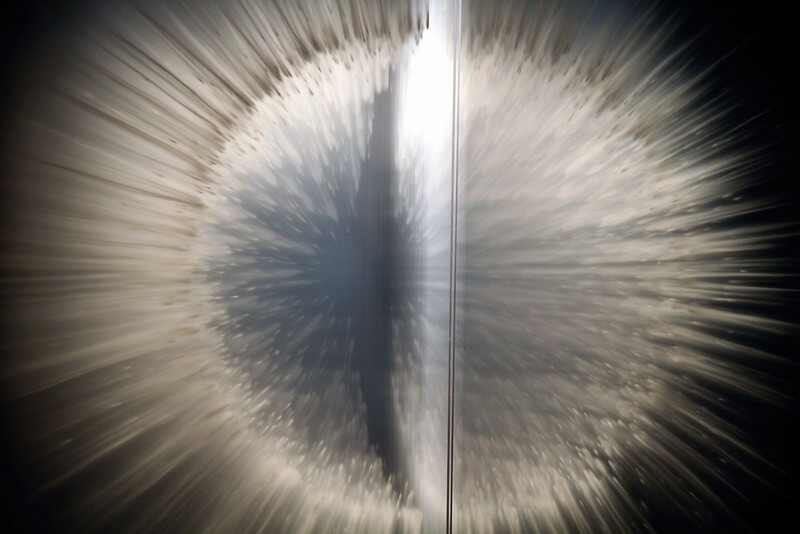
The manner in which the edges of these planes dissolve, allowing their contents to leak into one another, can be paralleled to the fragmentation of Spriggs’ work that comes together in the eye of the viewer to form the whole. Moreover, just as the Futurist movement was striving to portray speed and forceful dynamism in their art, so too does Spriggs’ Vision capture this impression of an object in dynamism. Boccioni’s Unique Forms of Continuity in Space (1913) is one of the many sculptures the Futurist artist created that conveys human figures in movement using ‘lines of force’, which were intended to convey the directional tendencies of objects through space.
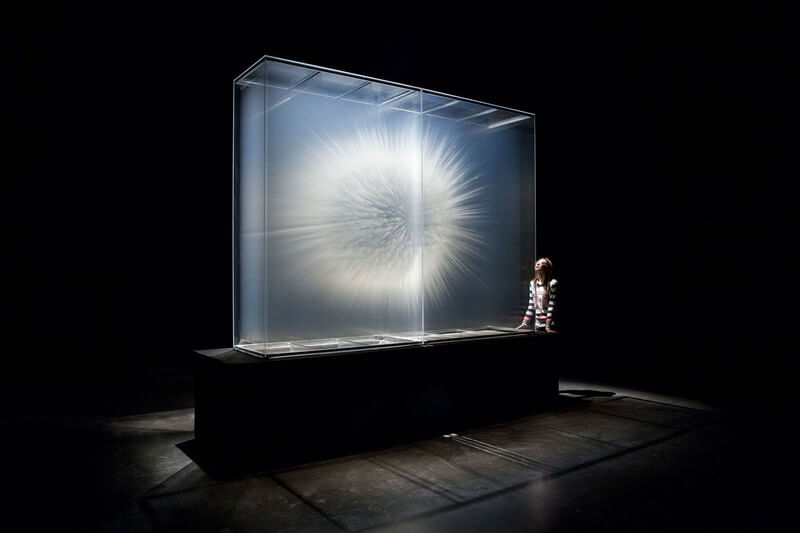
Similar to Boccioni’s ‘lines of force’, are the minimal yet precisely-placed dashes of white paint that come together to form Vision and to give a sense of pulsating movement. The viewer is instantly drawn in to the work by these force lines.
 Fixed simultaneously in both its moment of becoming and breaking down, Vision is at once convex (exploding) and concave (imploding). Forming a half-sphere where the piece appears convex, Vision is reminiscent of the human retina and the mechanics of perception. Even its title lends itself to the experience of the viewer seeing and perceiving.
Fixed simultaneously in both its moment of becoming and breaking down, Vision is at once convex (exploding) and concave (imploding). Forming a half-sphere where the piece appears convex, Vision is reminiscent of the human retina and the mechanics of perception. Even its title lends itself to the experience of the viewer seeing and perceiving.
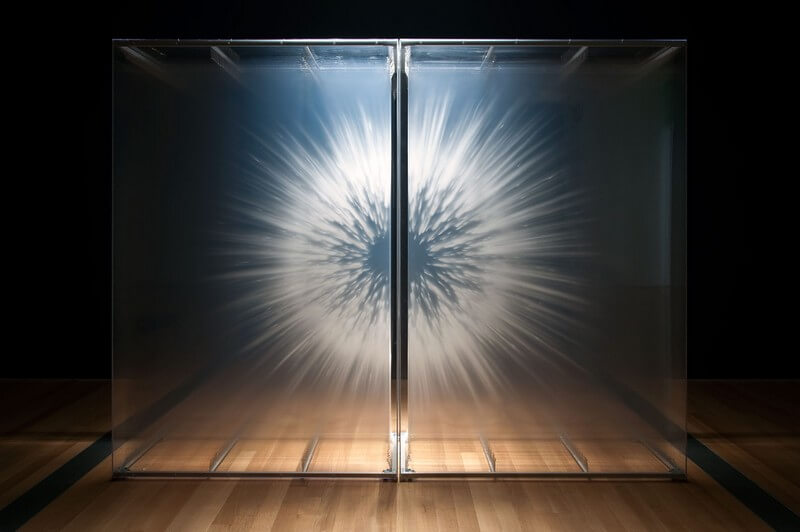


























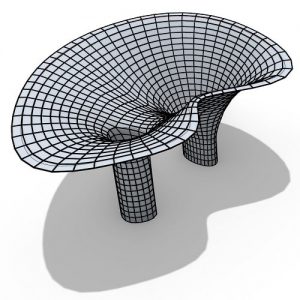
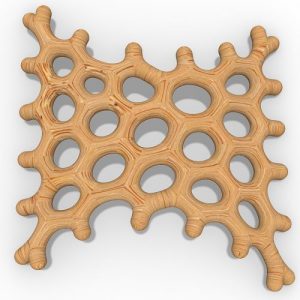
Comments